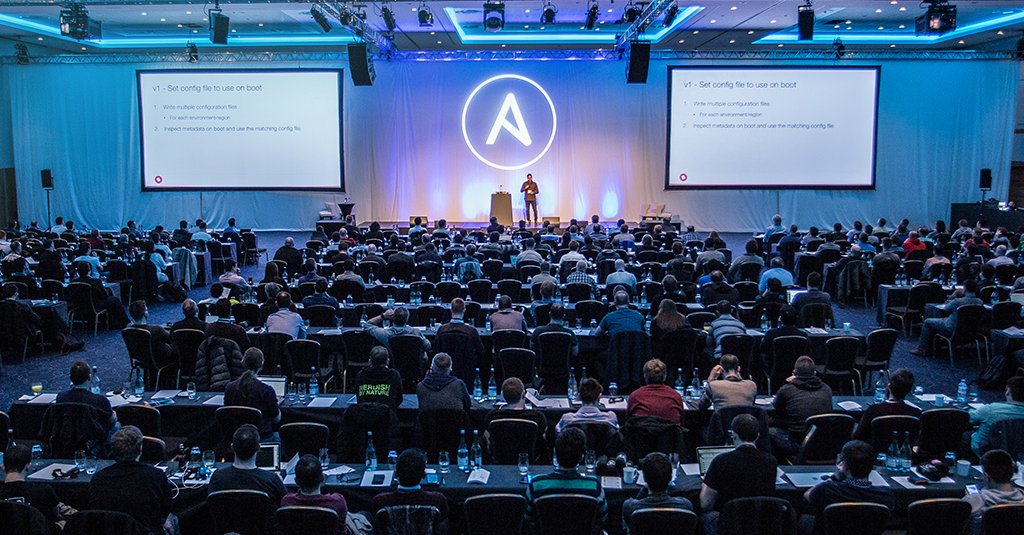 One of the world's leading provider of open source solutions, Red Hat, announced the general availability of Red Hat Ansible Tower 3.3, the latest version of its enterprise framework for automating and orchestrating IT operations. It includes an updated user interface, improved scaling and the ability to run Ansible Tower on Red Hat OpenShift Container Platform, Red Hat’s enterprise-grade Kubernetes container application platform.
One of the world's leading provider of open source solutions, Red Hat, announced the general availability of Red Hat Ansible Tower 3.3, the latest version of its enterprise framework for automating and orchestrating IT operations. It includes an updated user interface, improved scaling and the ability to run Ansible Tower on Red Hat OpenShift Container Platform, Red Hat’s enterprise-grade Kubernetes container application platform.
The ability to more quickly and easily collaborate across teams and platforms is a necessity in today’s disparate IT environments, which is why the latest version of Red Hat Ansible Tower helps to address this need by enabling organizations to take a more agile and consistent approach to managing Red Hat environments and hybrid infrastructure.
With new features in Ansible Tower 3.3, users can extend and scale automation across teams and IT footprints through enhanced delegation and permissions, integration with legacy processes and standards and an enhanced ability to share Ansible playbooks. Additionally, to help organizations automate more flexibly and to match the structure of their infrastructure, Red Hat Ansible Tower 3.3 is now available as a pod service and configurable directly from Red Hat OpenShift Container Platform, enabling users to add more capacity to Ansible Tower simply by adding more pods. Simplifying what was previously a multi-step process, users can now scale Ansible Tower up and down at runtime as needed directly through Red Hat OpenShift Container Platform’s user interface, CLI and API.
Additional new features and enhancements available in Red Hat Ansible Tower 3.3, include:
- More granular control: A redesigned user interface puts more information at the user’s fingertips. Jobs and job templates now show more information at a glance, including inventory and credentials, enabling users to find information more quickly. Additionally, Ansible Tower 3.3 allows for even easier configuration of jobs for use in scheduling and workflows. Any item on a job that is configurable at launch, including inventory, credentials, even surveys, can have its configuration saved to be used in a workflow or in a schedule.
- Improved scaling: Scaling is critical for enterprise users and Red Hat Ansible Tower 3.3 builds on instance groups, which allow for reserving Tower cluster capacity for specific organizations, inventory, or jobs. New features in instance groups improve how to manage capacity in Tower without having to restart the cluster.
- Support for custom Ansible environments: Users can now create tailored Ansible environments that include custom modules, custom libraries, and even multiple Ansible versions. Application teams can stay on their trusted version of Ansible Engine while other teams can upgrade on their schedules.
“As more organizations move toward modernizing their infrastructure, tools that can work seamlessly across environments become a critical part of that equation. Red Hat Ansible Tower can already run where it's needed across hybrid environments and now with the Red Hat OpenShift Container Platform functionality available in Ansible Tower 3.3 we take that a step further by making the platform consumable in more ways for even easier automation across infrastructures” Joe Fitzgerald, vice president, Management, Red Hat, concluded. (Source: Red Hat)
By MediaBUZZ


